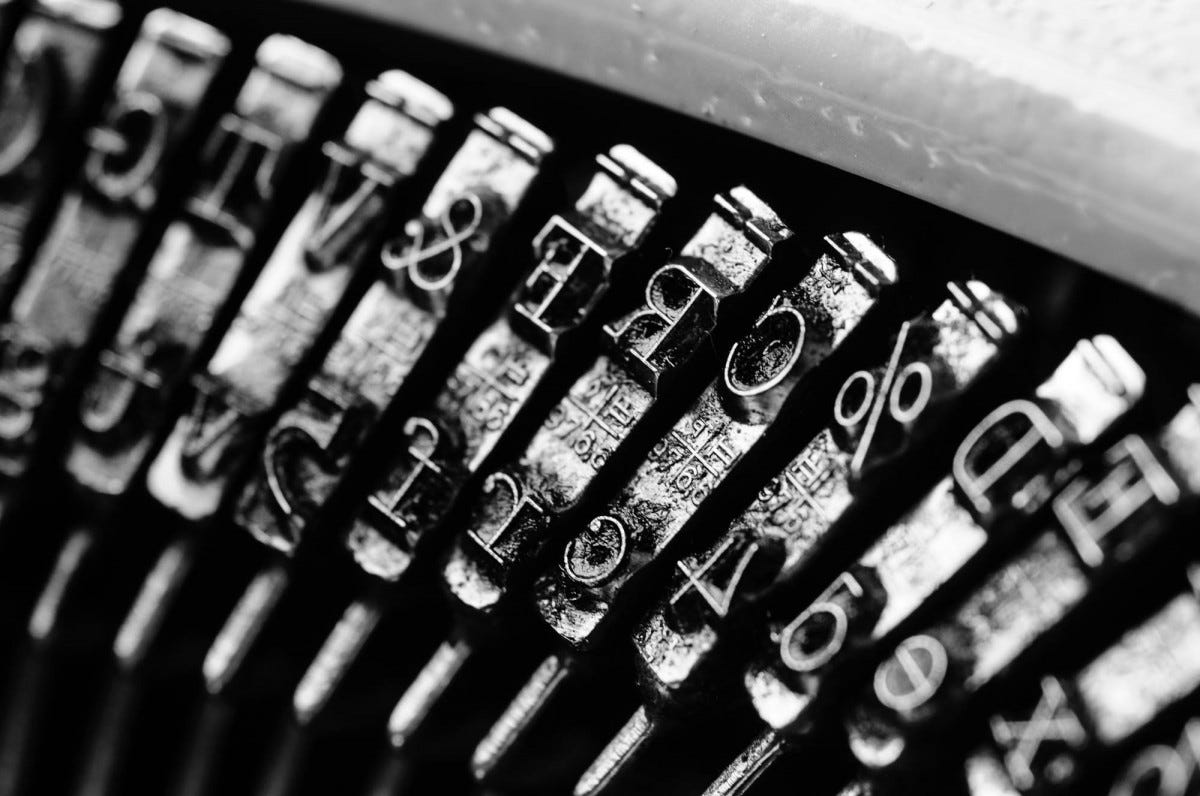For the Love of Semicolons
Get ready for some conjunctive adverbs.

The semicolon is my favourite punctuation mark. There’s nothing that screams “I WENT TO UNIVERSITY, YOU KNOW” more than this one grammatical tool, and being the first person from my family to go to university, I’m pretty damn proud of that. But I actually began using the semicolon long before then (I might have even included it in my UCAS personal statement), and I was very aware that other people just… didn’t.
I find them incredibly useful, but most people don’t seem to use them at all — plenty don’t even know what they mean, and I’ve been discouraged from using semicolons in certain contexts for this very reason. As far as rules are concerned, it’s actually pretty simple. There are three (well, two-and-a-half) ways to use a semicolon:
Rule 1
When writing sentences that contain complicated lists, including those where the list items themselves contain commas:
“After we set off we’ll pick up David, the artist; Kerry, the engraver; and Susan, the florist.”
Rule 2
To connect two related sentences, for example:
“My cat isn’t allowed outside; she’s deaf.”
This could be written as two separate sentences:
“My cat isn’t allowed…

